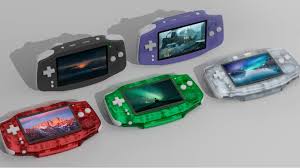Cardiac surgeons install tiny temporary pump inside heart

Islamabad, November 7 (Newswire): Cardiologists weave an eight gram pump through an artery in the groin into the left ventricle, where it pumps up to five liters of blood per minute.
This temporary device assists the heart as it recovers after surgery, prompting faster recovery.
Not only do patients need rest after heart surgery, so do their hearts! Next, a new device that helps weak hearts heal.
J.J. McCarthy is happy to be moved into his new home, but not long ago, breathing problems would have made even unpacking a box difficult. “I started having some shortness of breath and I went in to get it check out,” he told Ivanhoe.
McCarthy learned he had a heart problem and needed bypass surgery, but a delicate heart can take a beating during surgery. “We repair a heart in surgery,” Bartley Griffith, M.D., a heart surgeon at the University of Maryland Medical Center in Baltimore, told Ivanhoe. “It’s a little bit like we create a bruise and the bruise has to heal in the heart.”
Now, to help hearts heal after surgery, cardiac surgeons temporarily implant a new device that helps the heart pump blood, giving it a short-term rest. “It basically can perform the function of two-thirds of the heart, and so we let the heart kind of just hang out and repair itself,” Dr. Griffith explains.
The tiny pump fits inside a catheter that is inserted through an artery in the groin leading to the heart. The device then helps pump blood in the left ventricle — the heart’s main pumping chamber. It’s designed to support the heart for a week or less after surgery, allowing the heart to recover faster. “I think we can pull more patients through open heart surgery than we ever could before, because we have a powerful tool to assist the heart healing,” Dr. Griffith says.
McCarthy needed the pump for just two days after surgery. His heart healed quickly and he was back on his feet. “I think it really shortened my recovery time a lot,” McCarthy says. “I was able to get up and around a lot faster.”
The heart pump device can pump up to five liters of blood per minute — about three-quarters of a normal heart’s output of seven liters per minute. After the device has done its job, it’s removed from the patient.





